Vimar Heating, Cooling & Ventilation (HVAC)

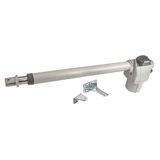
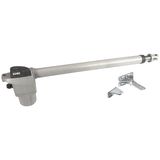
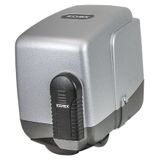
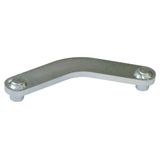
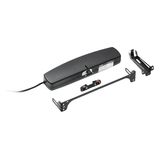

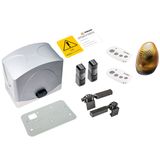


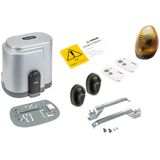

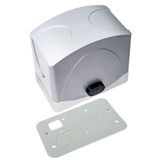
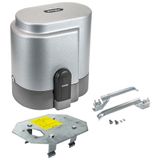
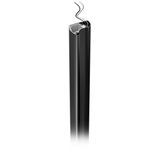
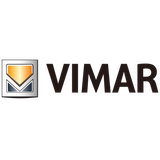
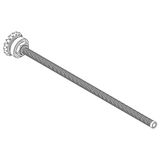
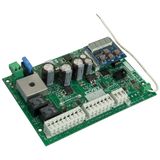
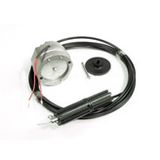



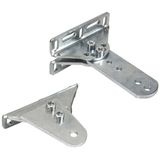















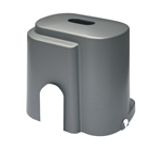
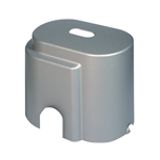
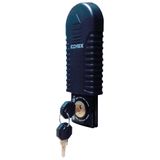
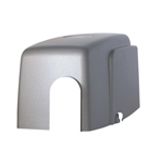
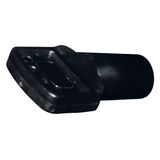
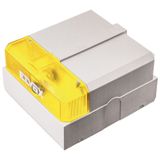


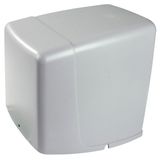
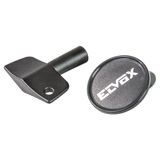
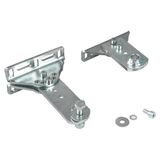






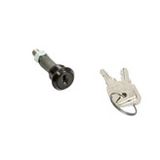


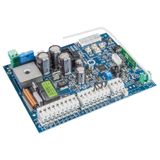

vimar ventilator control range and start methods
For supply/return fans, DIN relays (16 A), impulse relays, and contactors with auxiliary blocks form start/stop and fault feedback. Speed is handled via 0–10 V to EC fans or a DIN-mount 1-phase controller where appropriate. Thermal inputs from motor protectors land on binary modules for trip signaling. Crews standardize vimar ventilator control to keep terminal sizes, torque, and labeling identical across plant rooms.
vimar pump control closed-loop options and duty-assist
Booster and circulation sets use DIN contactors for DOL starts, time relays for alternation, and KNX/DIN analog inputs for 0–10 V pressure or 4–20 mA level. Sleep/wake logic drops the duty pump at low demand, and dry-run is derived from PF change or low-pressure timeout. Many sites adopt vimar pump control so alternation, fault memory, and remote reset live in the same supervisor.
vimar gate operator systems torque limits and safety chain
Controllers drive single/bi-parting leaves with interlocked UP/DOWN, monitored edges, photocells, and beacon outputs; encoder inputs keep travel consistent, and stall timers protect gearboxes. Installers catalog vimar gate operator systems by motor supply (230 V 1-ph or 3-ph), I/O count, and safety category to reuse harnesses site-wide.
vimar hvac automation AHU and plant coordination
KNX actuators switch heaters/valves; DIN analog cards feed VFDs for fans and pumps; BACnet/Modbus gateways expose setpoints and alarms. Frost protection, filter DP alarms, and smoke/fire interlocks are scripted in the supervisor. Teams lean on vimar hvac automation when they want AHU, pump rooms, and room controllers to share one database and trend log.
vimar control accessories for pumps field kits and spares
Pressure transducers (0–10 bar, 0–10 V/4–20 mA), hydrostatic or ultrasonic level sensors, float switches, relay manifolds, and fused isolators share one footprint and marker scheme. Bypass contactors coordinate with upstream MCB/RCBO curves; panel doors carry P&IDs and tap-off points. Stocking vimar control accessories for pumps by thread, range, and signal type keeps night-shift swaps clean.
vimar automation for gates interfaces and commissioning
I/O blocks take monitored edges, keypad/reader lines, and wireless fobs; timer channels handle auto-close/holiday logic; torque learn stores per-gate friction. Commissioning sheets log force-test values, encoder direction, and stop-to-stop travel. Specifying vimar automation for gates makes the test script repeatable from gate to gate.
vimar ventilation controllers start ramps, EMC, and feedback
Soft-start on single-phase, VFD hand-off-auto for three-phase, and PI loops on static pressure keep noise down and filters alive longer. C2/C3 input filters and chokes tame harmonics; shield clamps at gland plates stop nuisance trips. With vimar ventilation controllers, the same ramps and clamp hardware repeat across floors.
Assortment map series and collections
- Room/UI collections: Eikon (glass/metal premium finishes), Arké (architectural plastics/metals), Plana (workhorse).
- DIN actuators: 4/8/12-ch switching, blind/shutter, 1–10 V/0–10 V, PWM/PI heating zone modules.
- Contactors/relays: AC-1/AC-3 rated contactors (2–4-pole), interface relays with plug-in jumpers, impulse latching units.
- Gate and access I/O: safety relays, encoder-ready inputs, beacon/traffic drivers, keypad/reader adapters.
- Sensors and transducers: pressure, level, differential pressure (filter), temperature; KNX and analog variants.
- Gateways/supervisors: KNX IP routers, cloud bridge, KNX-Modbus couplers for boilers, meters, and VFD rooms.
Technical specifications and standards that matter
- Supply 230/400 V AC mains; KNX bus 29 V DC SELV; I/O 0–10 V, 4–20 mA, pulse/encoder inputs.
- Contact ratings to IEC 60947; dimming/speed modules per IEC 60669-2-1; ingress IP20 in panels, IP44/IP65 in field boxes.
- Terminals 0.5…4 mm² Cu; strip 8–12 mm; torque 0.6–1.2 Nm on DIN gear.
EMC EN 61000 series; publish surge category and SPD placement; 360° braid clamps at gland plates. - Coordination with IEC 60204-1 wiring practice for machinery-adjacent panels.
Applications and compatibility
- Plant rooms and AHUs: pressure-held supply/return, DP-based filter alarms, frost and smoke interlocks.
- Water rooms: duty/assist rotation, soft-fill to avoid hammer, dry-run lockout with manual reset.
- Perimeter/logistics: sliding/roller gates with monitored edges, photocells, traffic outputs and beacon drivers.
- Mixed estates: EC/VFD fans, hydronic pumps, and access controllers share one KNX backbone and DIN look, so spares and labels stay consistent.
Integration with Vimar ecosystem
Wall stations and touch supervisors match Eikon/Arké/Plana plates; DIN gear occupies the same rail set as distribution. KNX joins BACnet/Modbus via couplers; DALI broadcast can live beside pump/gate logic for unified scenes and alarms. One coordination sheet holds cable lengths, surge notes, and addressing to keep commissioning predictable.
Selection criteria for B2B buyers
- Fix motor kW and duty, then choose DOL vs soft-start vs VFD and filter class.
- Define sensors (range/output), safety chain (edges/photocells), and field I/O distances.
- Lock enclosure IP/IK and ambient; document torque windows, strip lengths, and shield strategy.
- Room-bundle cabinets and field kits by riser—drawings, tags, and spares stay aligned
- Trend key points (pressure, level, cycles, trips) in the supervisor so maintenance is data-driven
Advantages of working with Bankoflamps
Your commissioning windows set the pace. We issue job-specific pricing, near-hour quotes by EAN/MPN, and show live EU stock before crews are booked. The portal lists lead times, shipment tracking, and downloadable price lists with validity dates you can plan against. Trusted clients can use post-payment up to 30 days. We consolidate partials so DIN gear, contactors, sensors, SPDs, frames, and field boxes arrive room-bundled by riser. Your account manager cross-checks kW ranges, curve/coordination tables, enclosure IP, shield termination, torque notes, and labeling against your drawings—keeping deliveries site-ready across France, the Baltics, Germany, Spain, Italy, Belgium, and the Netherlands.